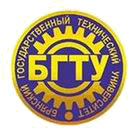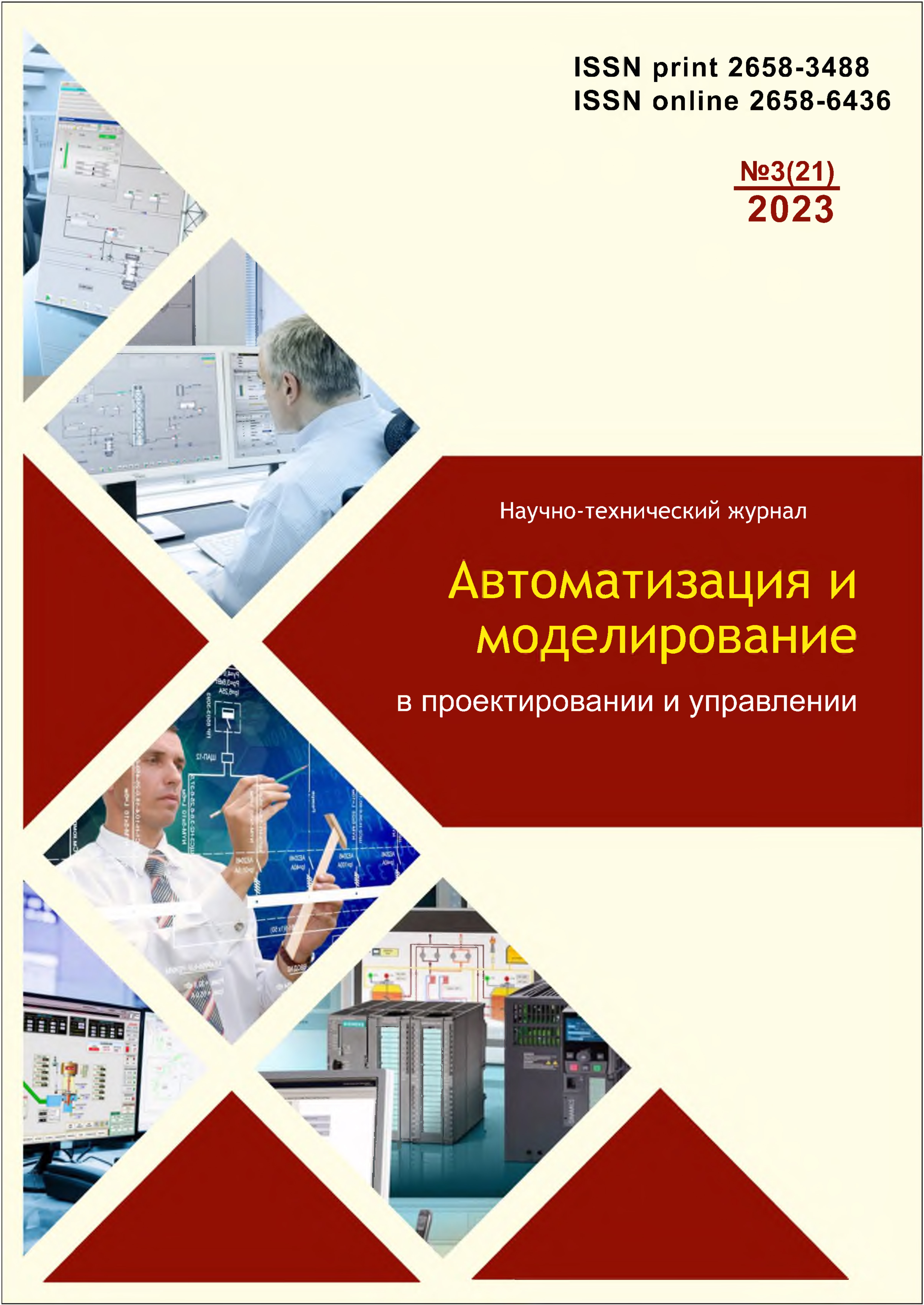Bryansk, Bryansk, Russian Federation
Bryansk, Bryansk, Russian Federation
employee
Bryansk, Bryansk, Russian Federation
Bryansk, Bryansk, Russian Federation
UDK 656.2 Эксплуатация железнодорожного транспорта
The relevance of investigation of induction motor electric drives with frequency converters having voltage source inverter with space-vector modulation is shown. The brief survey of researches of such matter is carried out. The aim of this article is to develop mathematical and computer model of frequency converter with space-vector modulation algorithms by means of Matlab Simulink, this model has to be implemented into the Matlab models of AC electric drives with induction and synchronous motors. To achieve such an aim, it needs to introduce techniques of electric drive theory, numerical techniques, techniques of algebraic equations system solution, techniques of computer simulation. The still two-phase framework is applied to describe the converter model. The two-level voltage source inverter is chosen for the investigation of modulation algorithms. To verify the mathematical model of space-vector modulation, the model of 5.5 kW induction motor is used. Induction motor and power switches are modelled by means of Matlab SimPowerSystems units. The results of simulation show the adequacy of the developed model in both steady state and transient modes. One can conclude the dependence of total harmonic distortion of the induction motor stator current from load torque, switching frequency of voltage source inverter’s power switches and stator current frequency for the electric drive with scalar control system.
frequency converter, voltage source inverter, modulation, induction motor, total harmonic distortion
1. Roomi, M.M. An overview of carrier-based modulation methods for Z-source inverter / M.M. Roomy // Power Electronics and Drives, 2019, Vol. 4(39). - DOI:https://doi.org/10.2478/pead-2019-0007
2. Quan, H. Study of a novel over-modulation technique based on space-vector PWM / H. Quan, Z. Gang, C. Jie, Z. Wu, and Z. Liu // IEEE Computer Distributed Control and Intelligent Environmental Monitoring (CDCIEM), 2011, pp. 295-298. - DOI:https://doi.org/10.1109/CDCIEM.2011.187
3. Leedy, A.W. Harmonic analysis of a space vector PWM inverter using the method of multiple pulses / A.W. Leedy, R.M. Nelms // IEEE Transactions on Industrial Electronics, July 2006, Vol. 4, pp. 1182-1187. - DOI:https://doi.org/10.1109/ISIE.2006.295805
4. Zhou, K. Relationship between space-vector modulation and three- phase carrier-based PWM: a comprehensive analysis [three-phase inverters] / K. Zhou and D. Wang // IEEE Transactions on Industrial Electronics, February 2002, Vol. 49, No. 1, pp. 186-196. - DOI:https://doi.org/10.1109/41.982262
5. Kumar, K.V. Simulation and comparison of SPWM and SVPWM control for three phase inverter / K.V. Kumar, P.A. Michael, J.P. John and S.S. Kumar // ARPN Journal of Engineering and Applied Sciences, July 2010, Vol. 5, No. 7, pp. 61-74.
6. Sabarad, J. Comparative analysis of SVPWM and SPWM techniques for multilevel inverter / J. Sabarad, G.H. Kulkami // 2015 International Conference on Power and Advanced Control Engineering (ICPACE). - DOI:https://doi.org/10.1109/ICPACE.2015.7274949
7. Krishnan, V. Electric Motor Drives: modeling, analysis and control / V. Krishnan // Virginia Tech, Blacksburg, VA, 2001.
8. Kosmodamianskii, A.S. Scalar control systems for a traction induction motor / A.S. Kosmodamianskii, V.I. Vorobiev, A.A. Pugachev // Russian Electrical Engineering, 2016, vol. 87, No. 9, pp. 518-524. - DOI:https://doi.org/10.3103/S1068371216090078 DOI: https://doi.org/10.3103/S1068371216120105; EDN: https://elibrary.ru/RNWZZH











